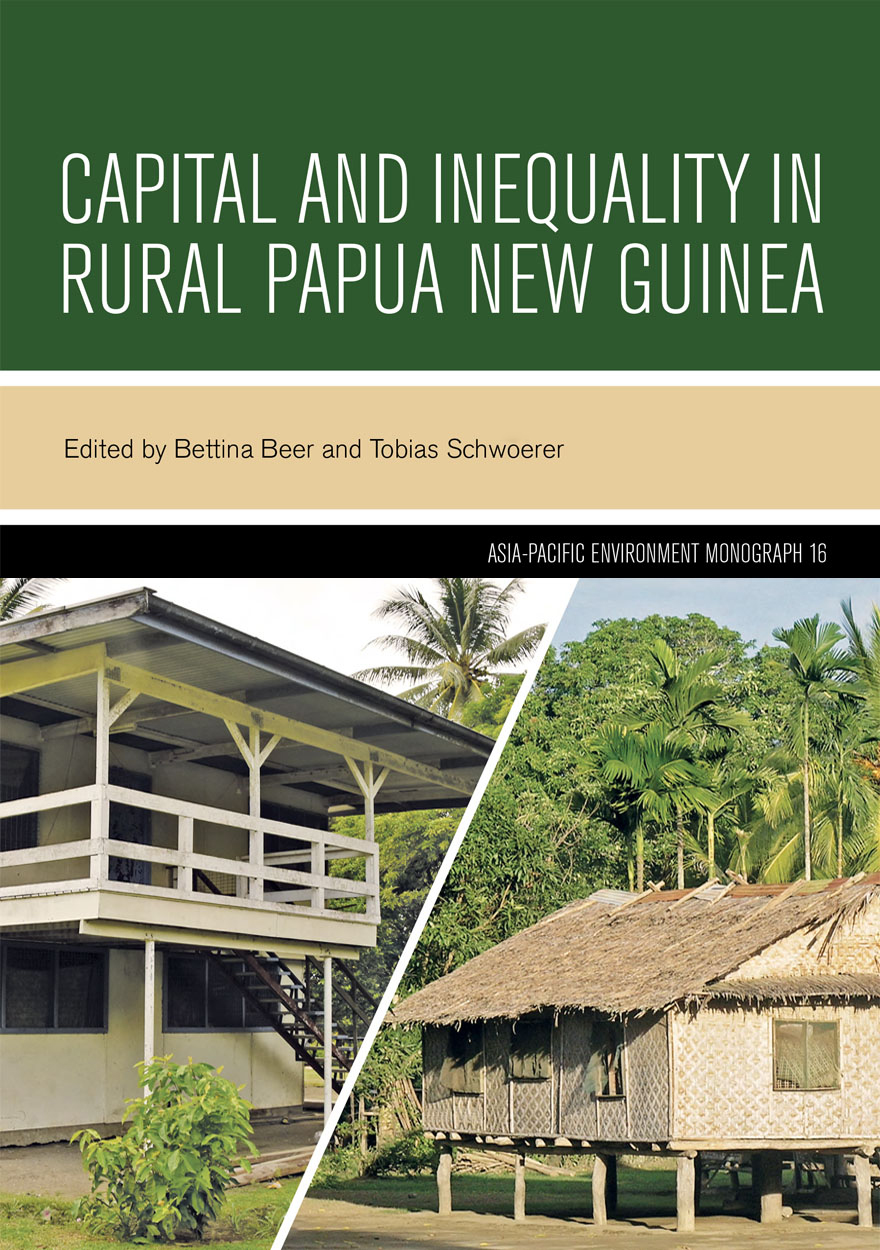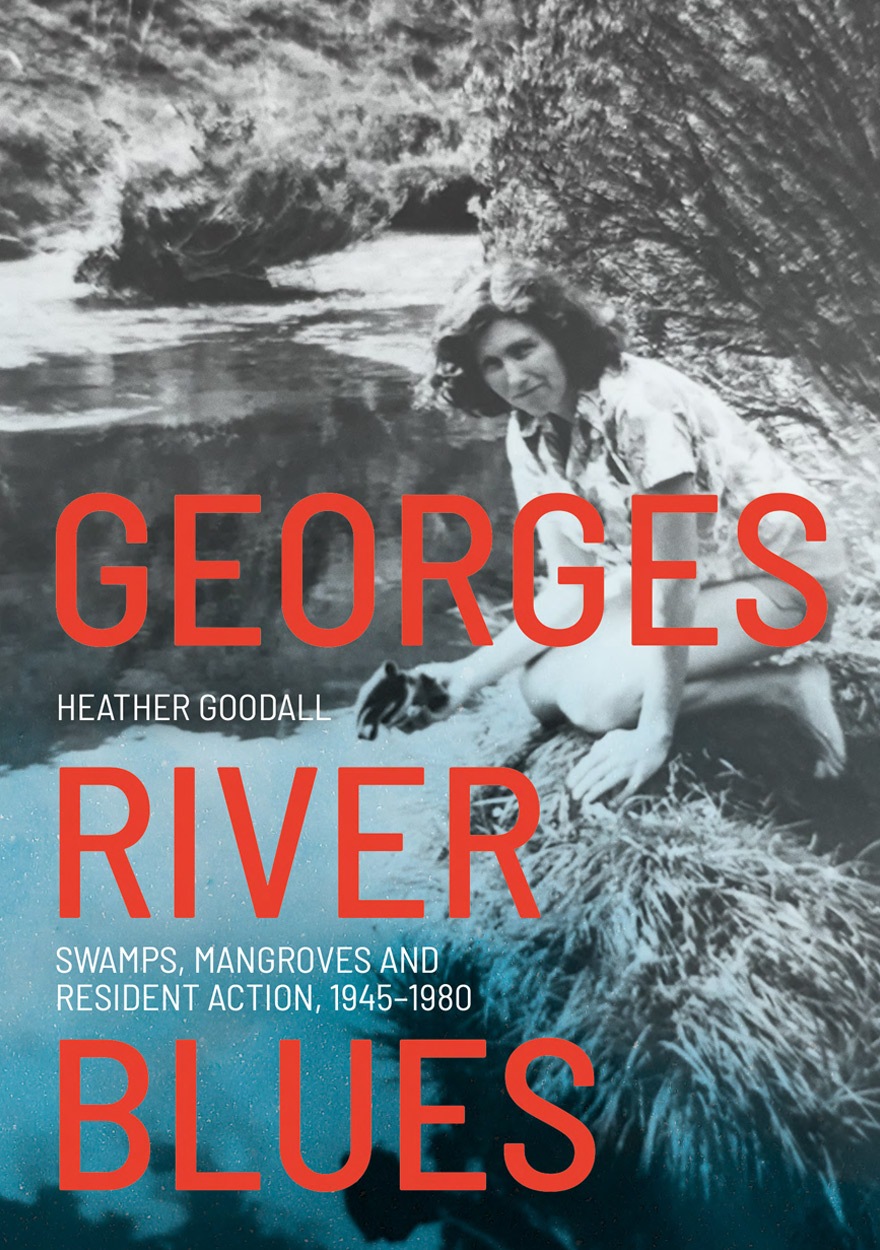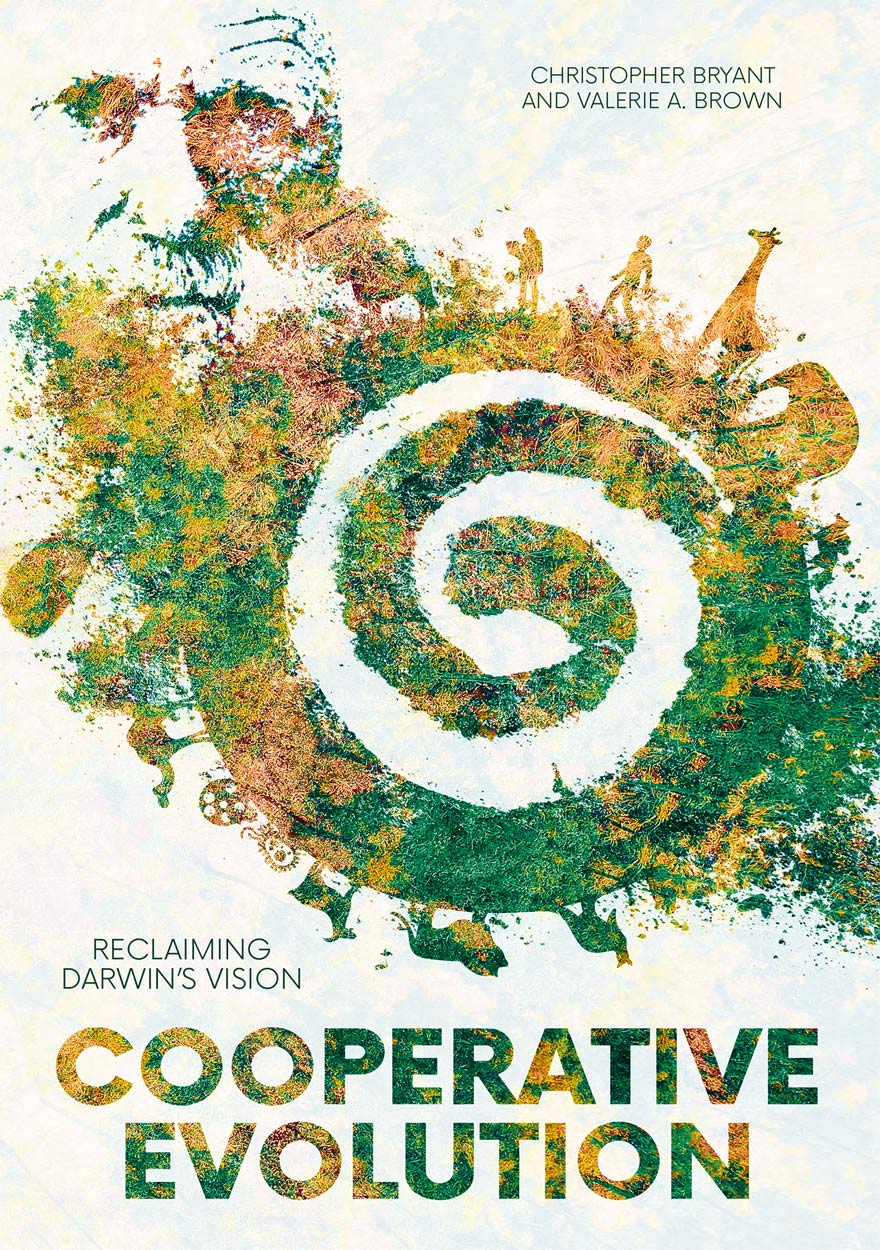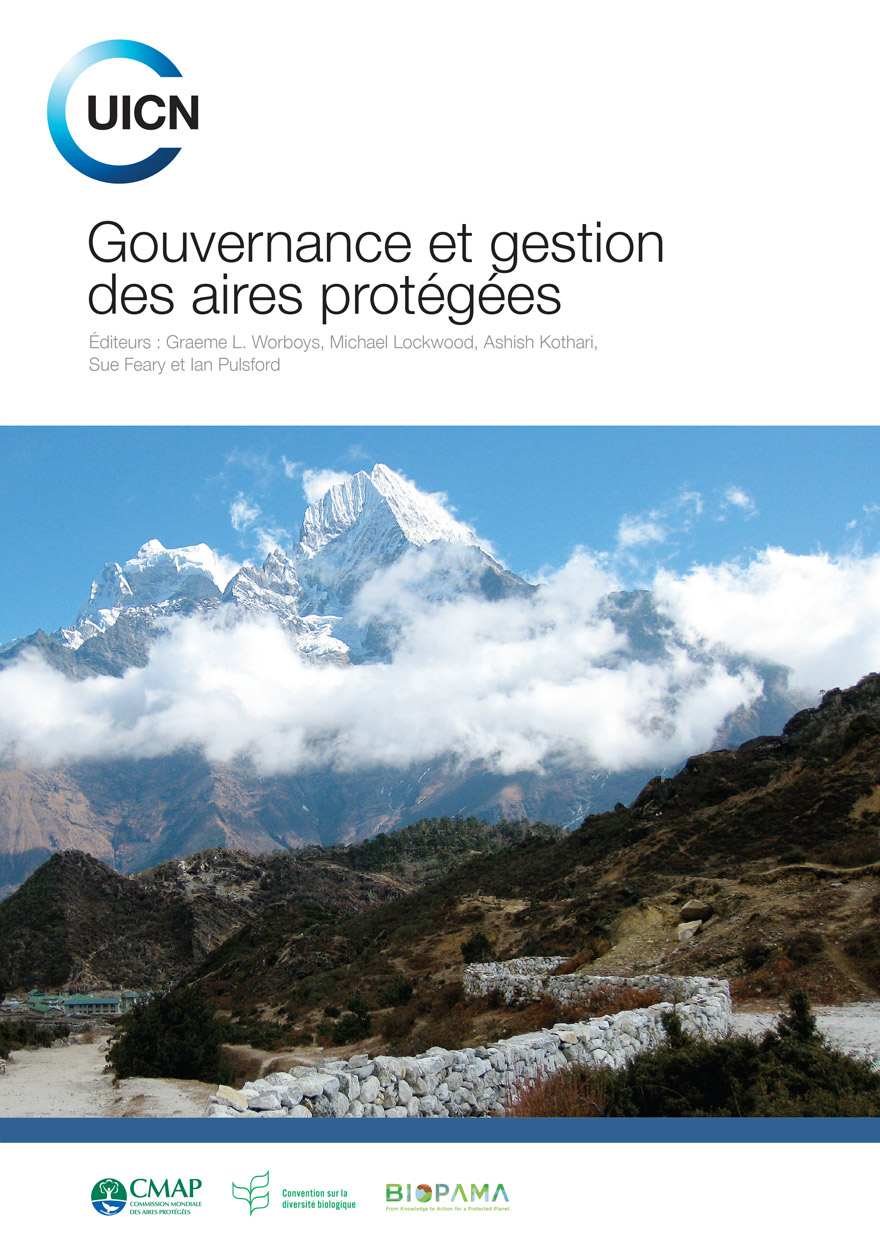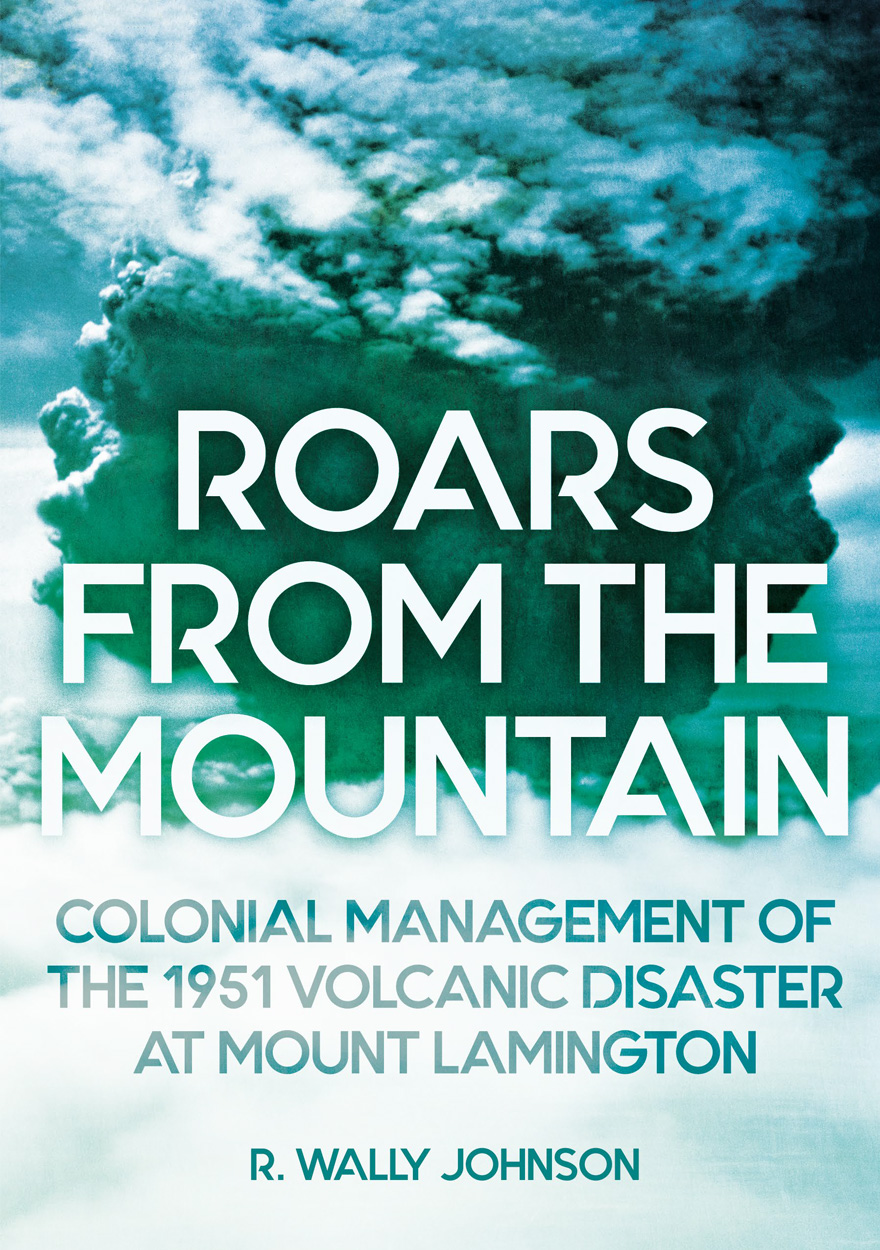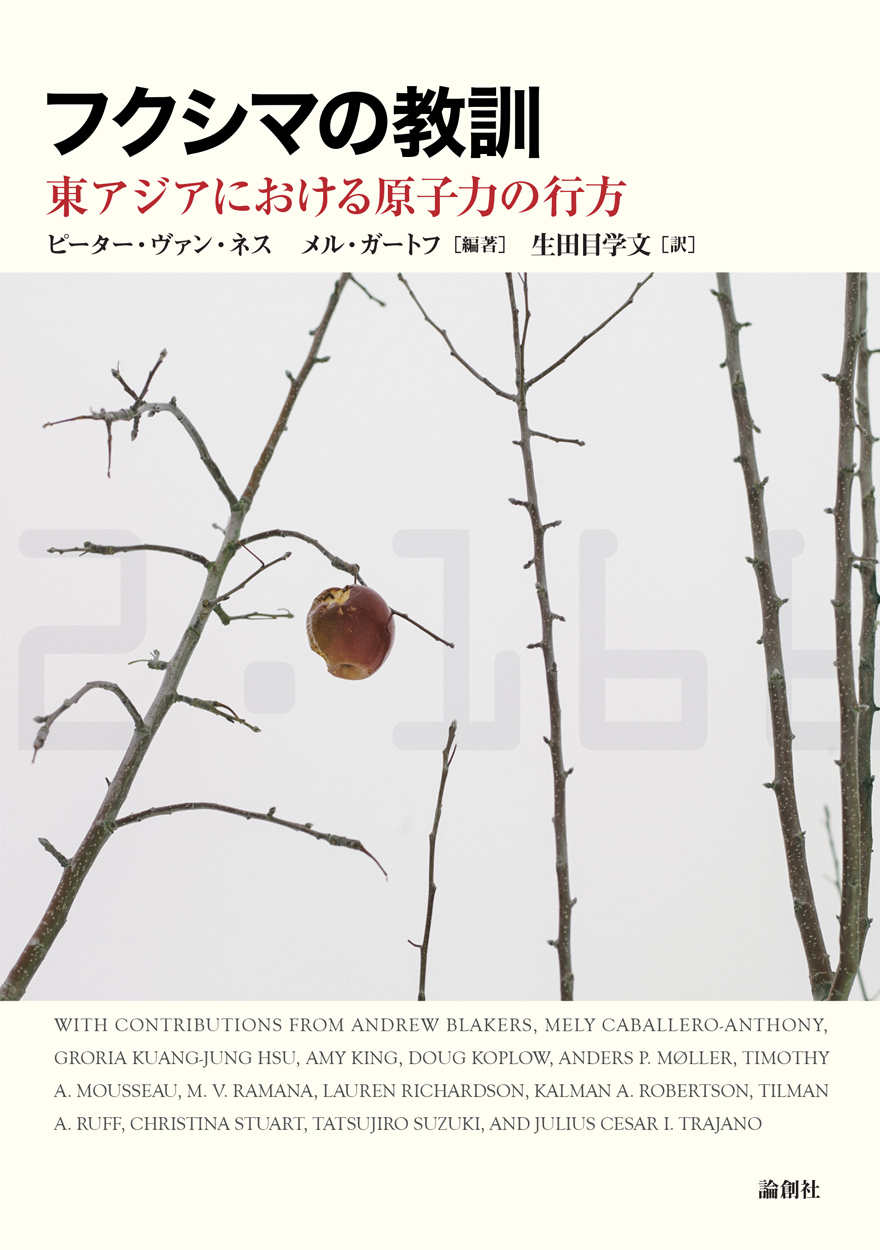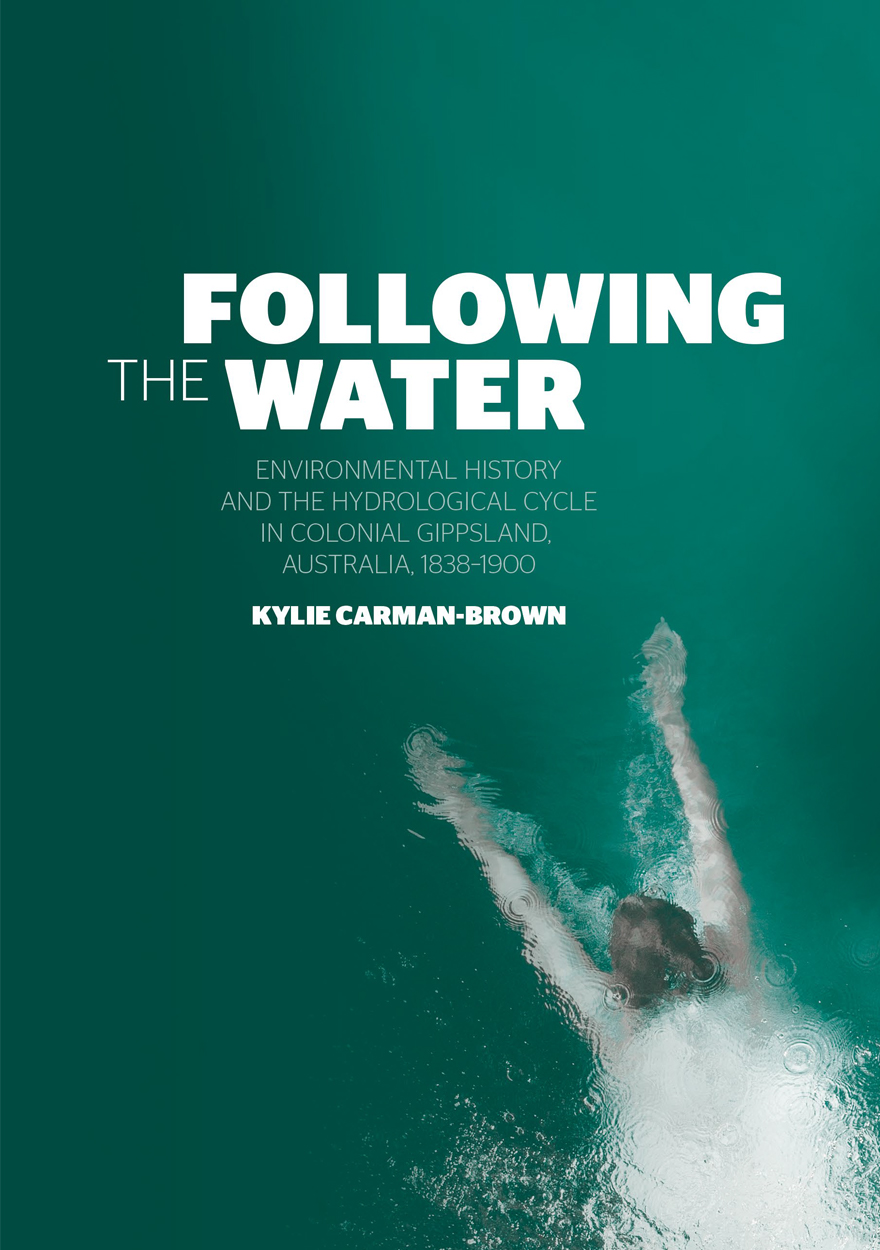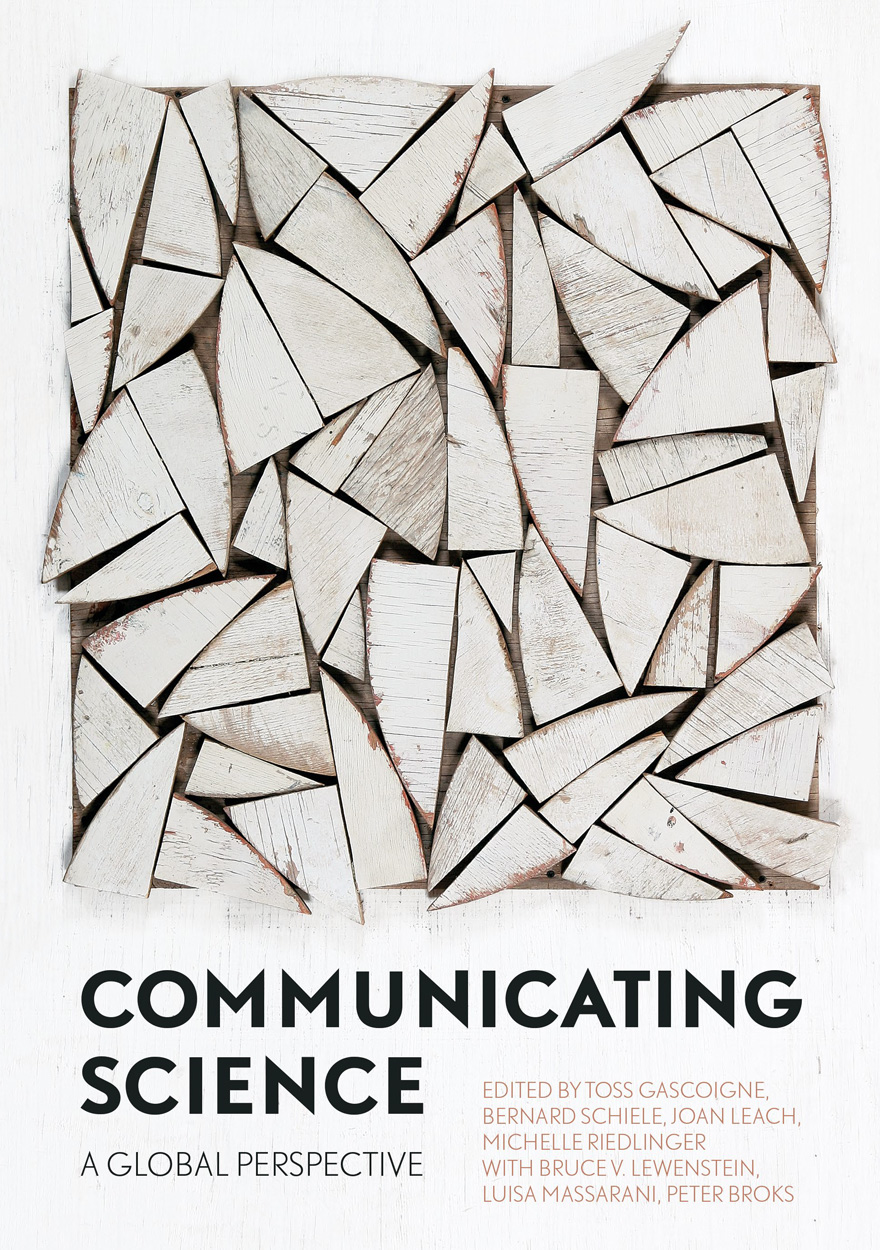
Communicating Science
A Global Perspective
Edited by: Toss GascoignePlease read Conditions of use before downloading the formats.
Description
Modern science communication has emerged in the twentieth century as a field of study, a body of practice and a profession—and it is a practice with deep historical roots. We have seen the birth of interactive science centres, the first university actions in teaching and conducting research, and a sharp growth in employment of science communicators.
This collection charts the emergence of modern science communication across the world. This is the first volume to map investment around the globe in science centres, university courses and research, publications and conferences as well as tell the national stories of science communication.
How did it all begin? How has development varied from one country to another? What motivated governments, institutions and people to see science communication as an answer to questions of the social place of science?
Communicating Science describes the pathways followed by 39 different countries. All continents and many cultures are represented. For some countries, this is the first time that their science communication story has been told.
Details
- ISBN (print):
- 9781760463656
- ISBN (online):
- 9781760463663
- Publication date:
- Sep 2020
- Imprint:
- ANU Press
- DOI:
- http://doi.org/10.22459/CS.2020
- Disciplines:
- Science
- Countries:
- World
PDF Chapters
Please read Conditions of use before downloading the formats.
If your web browser doesn't automatically open these files, please download a PDF reader application such as the free Adobe Acrobat Reader.
To copy a chapter DOI link, right-click (on a PC) or control+click (on a Mac) and then select ‘Copy link location’.
- Introduction: A global trend, an emerging field, a multiplicity of understandings: Science communication in 39 countries (PDF, 0.2MB) – Toss Gascoigne and Bernard Schiele doi
- The Timelines: A broad‑brush analysis (PDF, 0.4MB) – Bernard Schiele and Toss Gascoigne doi
- Africa: Health communication in selected African states from colonial times (PDF, 0.2MB) – Margaret Kaseje and Verah Okeyo doi
- Aotearoa New Zealand: Participatory science and bicultural knowledge communication (PDF, 1.7MB) – Jean S. Fleming, Nancy Longnecker, Rhian A. Salmon, and Daniel C. H. Hikuroa doi
- Argentina: Contexts, agents and practices in science communication (PDF, 0.3MB) – Carina Cortassa and Cecilia Rosen doi
- Australia: The five stages of development of science communication (PDF, 1.3MB) – Toss Gascoigne and Jenni Metcalfe doi
- Brazil: History, significant breakthroughs and present challenges in science communication (PDF, 0.3MB) – Luisa Massarani and Ildeu de Castro Moreira doi
- Canada: One country, two cultures: Two routes to science communication (PDF, 0.4MB) – Michelle Riedlinger, Alexandre Schiele and Germana Barata doi
- China: Science popularisation on the road forever (PDF, 0.3MB) – Yin Lin and Li Honglin doi
- Colombia: Stories in the history of science communication (PDF, 0.8MB) – Sandra Daza-Caicedo, Luisa Barbosa-Gómez, Tania Arboleda-Castrillón and Marcela Lozano-Borda doi
- Denmark, Norway and Sweden: Share, make useful and critically discuss: Science communication (PDF, 0.9MB) – Per Hetland, Dick Kasperowski and Kristian H. Nielsen doi
- Estonia: Science communication in a post-Soviet country (PDF, 0.7MB) – Arko Olesk doi
- France: ‘The Republic needs scholars!’ A rapid history of making science public in 20th-century France (PDF, 0.3MB) – Andrée Bergeron doi
- Germany: Continuity and change marked by a turbulent history (PDF, 0.8MB) – Hans Peter Peters, Markus Lehmkuhl and Birte Fähnrich doi
- Ghana: When individuals refuse to let science communication die (PDF, 1.2MB) – Hephzi Angela Tagoe and Thomas Amatey Tagoe doi
- India: Tracing science communication in independent India (PDF, 0.8MB) – Anwesha Chakraborty, Usha Raman and Poojraj Thirumal doi
- Iran: From the ancient world of Elam to modern science communication (PDF, 0.3MB) – Seyede Zahra Ojagh and Zarrin Zardar doi
- Ireland: Science in a land of storytellers (PDF, 1.0MB) – Pádraig Murphy doi
- Israel: Developed Science, developing Science Communication (PDF, 0.3MB) – Ayelet Baram-Tsabari, Daniela Orr, Avital Baer, Erez Garty, Yaela Golumbic, Maya Halevy, Eitan Krein, Adi Levi, Noam Leviatan, Neta Lipman, Ronen Mir and Ettay Nevo doi
- Italy: The long and winding path of science communication (PDF, 2.4MB) – Giuseppe Pellegrini and Andrea Rubin doi
- Jamaica: Science communication in the land of wood and water (PDF, 1.0MB) – Zahra H. Oliphant, Cliff K. Riley, Kerry-Ann C. Curtis, Setu N. Monroe, Aisha D. Jones and Charah T. Watson doi
- Japan: Western science and Japanese culture (PDF, 0.3MB) – Masataka Watanabe and Mitsuru Kudo doi
- Malaysia: Science communication in a pluralistic society (PDF, 2.2MB) – Mahaletchumy Arujanan, Noorshamira Shamsuddin and Farahana Nadzri doi
- Mexico: From simple and centralised to expansion, diversity and complexity (PDF, 1.0MB) – Elaine Reynoso-Haynes, Susana Herrera-Lima, Ana Claudia Nepote and Lourdes Patiño-Barba doi
- The Netherlands: From the first science information officers to the Dutch Research Agenda (PDF, 0.3MB) – Anne M. Dijkstra, Frans van Dam and Maarten van der Sanden doi
- Nigeria: Battling the odds: Science communication in an African state (PDF, 0.7MB) – Bankole Falade, Herbert Batta and Diran Onifade doi
- Pakistan: Changing landscape of science communication (PDF, 1.0MB) – Manzoor Hussain Soomro and Khalil Raza doi
- Philippines: From science then communication, to science communication (PDF, 0.6MB) – Garry Jay S. Montemayor, Mariechel J. Navarro and Kamila Isabelle A. Navarro doi
- Portugal: The late bloom of (modern) science communication (PDF, 0.3MB) – Marta Entradas, Luís Junqueira and Bruno Pinto doi
- Russia: Russian pendulum: From glorious science propaganda to modest public engagement initiatives (PDF, 1.3MB) – Alexandra Borissova and Dmitry Malkov doi
- Singapore: An evolving and increasingly complex relationship (PDF, 0.8MB) – Denise E. De Souza, Lieu Zi Zhao, Letchumi Mani, Glenn Toh and Benedict Lin doi
- South Africa: Science communication throughout turbulent times (PDF, 2.0MB) – Marina Joubert and Shadrack Mkansi doi
- South Korea: A different exemplar (PDF, 1.4MB) – Hak-Soo Kim doi
- Spain: Evolution and professionalisation of science communication (PDF, 0.3MB) – Gema Revuelta, Vladimir de Semir and Carolina Llorente doi
- Taiwan: From nationalising science to democratising science (PDF, 0.3MB) – Chun-Ju Huang, Yuh-Yuh Li and Yin-Yueh Lo doi
- Thailand: From temples and palaces to modern science communication (PDF, 1.0MB) – Ganigar Chen, Wijitra Suriyakul Na Ayudhya and Chanin Suriyakul Na Ayudhya doi
- Turkey: From the Ottoman Empire to the Republic (PDF, 0.3MB) – Gultekin Cakmakci and Sevinc Gelmez-Burakgazi doi
- Uganda: Cultural values and modern media as drivers of science communication (PDF, 1.0MB) – Ivan Nathanael Lukanda doi
- United Kingdom: The developing relationship between science and society (PDF, 0.3MB) – Melanie Smallman, Simon J. Lock and Steve Miller doi
- United States of America: Science communication in the USA: It’s complicated (PDF, 1.2MB) – Bronwyn Bevan and Brooke Smith doi
Other publications that may interest you




